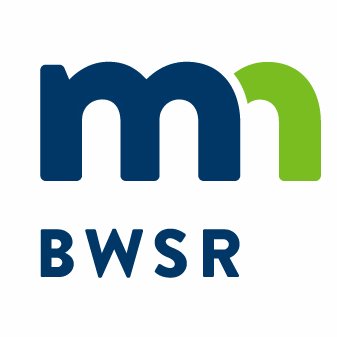$6.5 million will support voluntary conservation projects benefiting streams, rivers, lakes, and groundwater across Minnesota
$8.7 million will support watershed-based conservation work on a watershed scale
ST. PAUL, Minn. Governor Mark Dayton commended the Minnesota Board of Water and Soil Resources (BWSR) Board action to improve water quality in streams, rivers, lakes, and groundwater across the state. The new grants, from the state’s Clean Water Fund, include $6.5 million dollars which will be used to protect at-risk waters and restore polluted waters throughout the state.
“Many Minnesota communities face serious water quality challenges,” said Governor Dayton. “These grants will support ongoing collaboration between state and local governments to improve water quality and modernize wastewater infrastructure across Minnesota. Going forward, we must continue to make investments in water quality to ensure that all Minnesotans have water that is safe for drinking, swimming, and fishing.”
Thanks to the state’s Clean Water Fund, Minnesota was able to support 30 conservation projects across Minnesota totaling $6.5 million. One example is a collaboration between the Wilkin Soil and Water Conservation District, Buffalo Red River Watershed District, and the Natural Resource Conservation Service to stabilize 20 high priority gullies that are contributing sediment to the turbidity impaired Lower Otter Tail River. Upon completion, sediment will be reduced by 850 tons per year, phosphorus will be reduced by 786 pounds per year, and nitrogen will be reduced by 168 pounds per year. However, demand for funding continue to outpace availability, with 93 applications received, totaling $23.3 million in requests.
“Local government staff and private landowners are working in partnership with the state to make a difference for water quality throughout Minnesota,” said BWSR Executive Director John Jaschke. “Prioritized projects, such as wetland restoration, reducing nutrient runoff, or modernizing septic systems to protect drinking water, maximizes public benefit of the Clean Water Fund.”
The board also approved $8.7 million for a watershed-based funding pilot program to the seven-county metro area and five watersheds including: Root River (SE MN), Yellow Medicine River (SW MN), Red Lake (NW MN), Lake Superior North (NE MN), and North Fork Crow River (Central MN).
About the Minnesota Clean Water Fund
Minnesota voters approved the Clean Water, Land and Legacy Amendment in 2008 to protect, enhance, and restore wetlands, prairies, forests, and fish, game, and wildlife habitat; to preserve arts and cultural heritage; to support parks and trails; and to protect, enhance, and restore lakes, rivers, streams, and groundwater. The Clean Water Fund receives 33 percent of the sales tax revenue generated by the Legacy Amendment. More information about the Clean Water Fund is available here.

